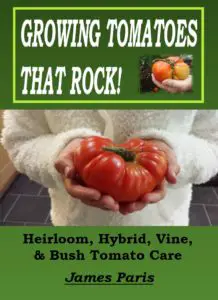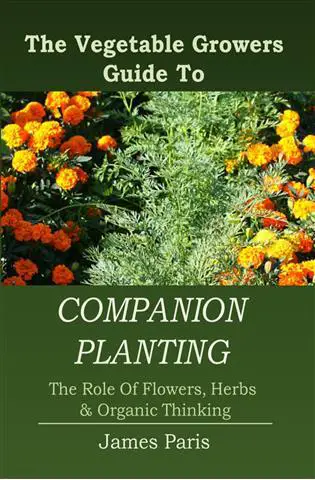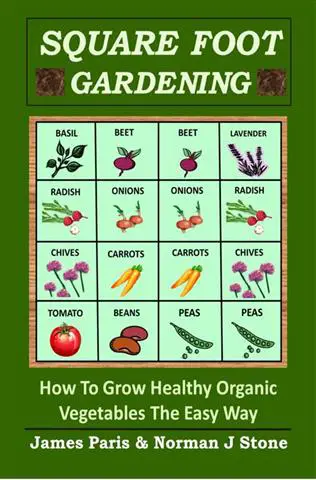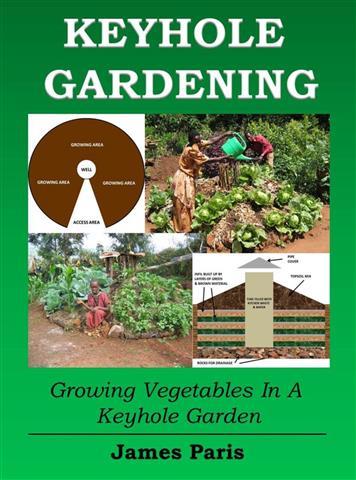Growing Gigantomo tomatoes is very much like growing any tomato plant. They need water, nutrients, and lots of sunshine. However there are a few subtle differences owing to the fact that you are probably hoping to grow Giant tomatoes – that’s why you chose the Gigantomo in the first place right?
So considering that you are wanting to grow exceptional tomatoes both in size and flavour, the Gigantomo needs the same attention as any tomato plant – and then some!
- Location: Choose a location where the plant is not competing for nutrients with other plants, and is full sunshine.
- Feeding: All fruiting plants need feeding when the fruits start to form and the Gigantomo is no exception.
- Pruning: In order to get the biggest fruits then the Gigantomo has to be pruned with more ‘gusto’ than other tomato plants.
- Support: Not only the main stem of the plant, but the fruits also have to be supported to carry the large fruits.
What is A Beefsteak Tomato
Before elaborating on the conditions needed to produce the best, largest tomatoes, perhaps a brief explanation of what exactly is meant by a ‘beefsteak’ tomato – of which the Gigantomo is just one example of a Hybrid beefsteak tomato plant (a hybrid being a plant formed by mixing with others).
beefsteak tomato plant (a hybrid being a plant formed by mixing with others).
A beefsteak to basically gets its name from the fact that when it is cut open it resembles a slab of rich, red meat!

As you may see in the pictures this means that you have no huge bag of water and seeds to contend with when trying to slice tomatoes for a sandwich or a good fry-up.
The beefsteak tomato is the choice tomato for all sorts of foods, especially burger buns as it ‘eats well’ and does not collapse all over the place when you slice it and place it down.
It holds form when needed, and dices well when needed, and produces an abundance of real juice without dissolving into a heap of reddish water and seeds!
How big is a Gigantomo beefsteak tomato
The Gigantomo is one of the largest of the beefsteak varieties, and can grow to over 10 inches in diameter with fruits weighing over 3lbs a common occurrence.
Food for thought – The world record for the Gigantomo is believed to be 7lbs 12 ounces!
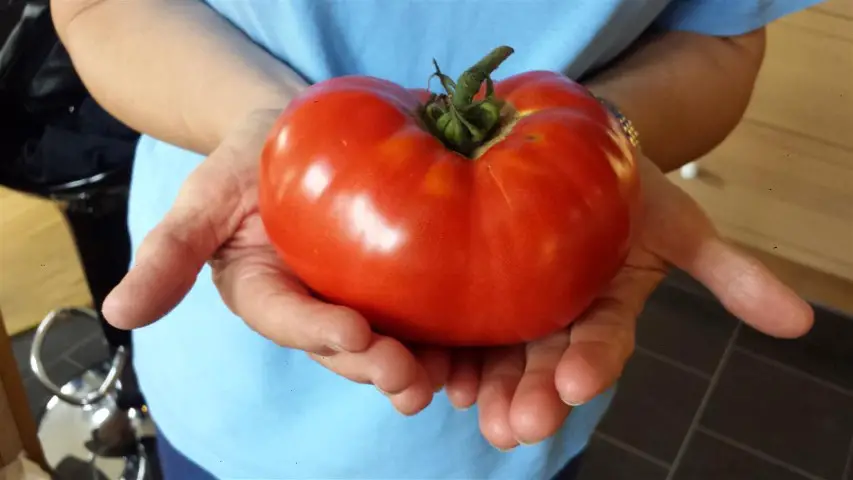
Originally developed by American grower Paul Thomas, the research was completed by UK plant breeder Simon Crawford and the plant added to the UK 2015 plant collection of Lincolnshire seed seller Van Meuwen
The Gigantomo has since become one of the most popular beefsteak tomatoes not only for its size, but also for its disease-resistant qualities gained with its cross breeding with a tomato plant called the ‘Crimson Crush’.
Growing the biggest tomatoes
When growing the Gigantomo you have to decide if you want to just grow volume of fairly large tomatoes, or if you are aiming for a few exceptional fruits to boast about!
Either way the feeding is fairly similar in that it needs a feed that is rich in nitrogen and phosphates to produce the fruit. There are thankfully several ways to make your own plant food that is cheap (even free), and very effective. This article will show you some of the methods for producing free plant food, but my own choice is a ‘tea’ made from Russian Comfrey plant.
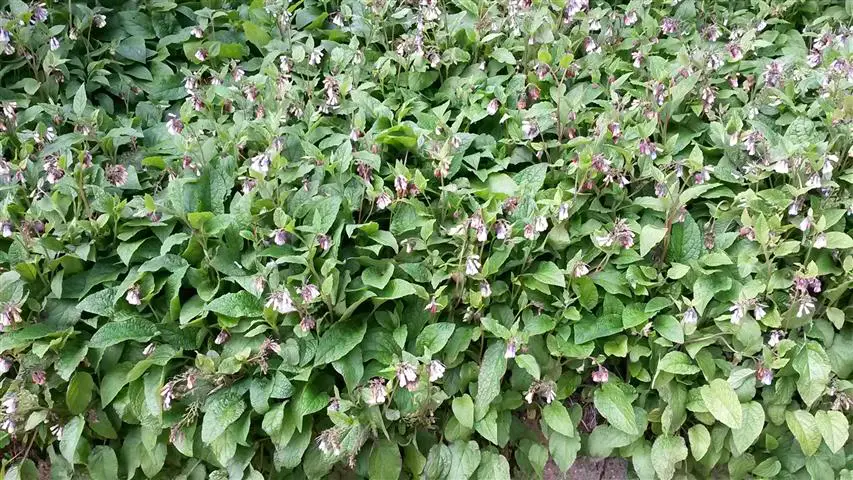
I grow the plant in masses (it’s very easy to grow) so I have no shortage to add to my water and produce excellent plant food stacked with nitrogen, potassium, calcium and lots of all the nutrients needed to grow large fruits – and help prevent blossom end rot.
In fact the pictures of the Gigantomo on this page – some over 2lbs – have all been grown (in only 6 inches of soil) using this comfrey tea administered 2 or 3 times weekly added to a watering can.
My second choice of tomato food is horse manure mixed with water and left for a few weeks. I have grown some excellent tomatoes with this mix but I have to say the Comfrey option is a lot cleaner and a more hygienic option overall!
Trimming the plant
This is where the real difference is made if you wish to grow just a few giant tomatoes that may win the local show – or at least the admiration of your friends.
When the flower clusters first appear you will most likely notice that one of the flowers in particular is larger than the rest. This is where the real giant will appear.
To make sure this is the plant that will get all the nutrients, nip away the other flowers and leave only the largest. Do this for each truss that appears so you only have one fruit that will develop into a massive Gigantomo – if all goes well.
This means that you may only get 6-8 tomatoes to a vine if you grow to 7 foot high for instance – but they have the best chance of growing huge.
Alternatively if like me you just want a good supply of large healthy tomatoes overall, then leave the flower buds at 3-4 flowers per truss – including the largest flower of course – and let the tomatoes form a cluster of super-large fruits.
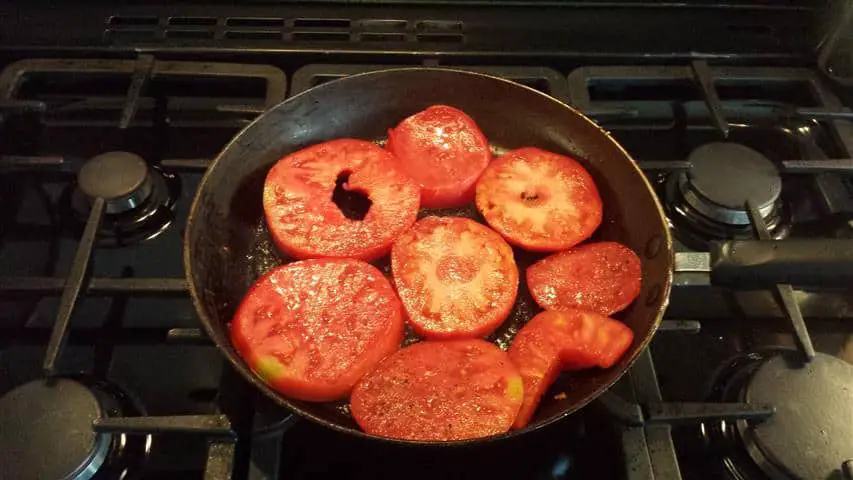
This will give you the best volume by weight overall, which is perhaps more important if feeding the family is paramount.
The rest of the trimming is very similar to normal tomato plant care. Nip away any side shoots that appear between leaf and stem, and trim away excess foliage as the plant grows to encourage nutrients to the fruits rather than the leaves.
Supporting Gigantomo plants
An added aspect of growing large tomatoes is that you have to make sure your support is adequate to the job.
Consider that you may have a plant carrying over 20lbs of fruit up the vine, and you appreciate that the stakes must be firmly in the ground for support.
The fruits themselves also need supported. This can be done with strips of cloth tied around the stem and supporting the heavy tomato ( I’ve even seen this effectively done with a ladies bra!), or indeed you can purchase little plastic supports from garden centres to do this.
Just be sure that the toms are supported somehow or else the stem holding the fruit with fold over cutting off the supply and killing the fruit.
Best soil mix for large tomatoes
I always grow my tomatoes – and most other vegetables for that matter – in a mix of home-made compost, topsoil, vermiculite, and occasionally throw in some manure if needed.
When growing tomatoes in the ways described above, then the soil mix is important for sure, but more important is the feeding regime you set in place.
Even if your soil mix is lacking in nutrients, then your feeding mixture should make up for this lack.
Just make sure your watering the plants regularly – not over watering! A sure sign that your watering regime is off, is if your fruits start splitting. This is caused by the soil getting too dry before watering and can cause the fruit to split as the plant hurredly tries to suck in as much water as it can.
Imagine yourself struggling in a dry desert then finding an oasis – you would drink so much water so quickly you could kill yourself!
It is exactly the same for your tomato plants.
Hopefully this article and the links to others has been informative, and let me wish you all the best in growing your own super Gigantomo tomatoes.

